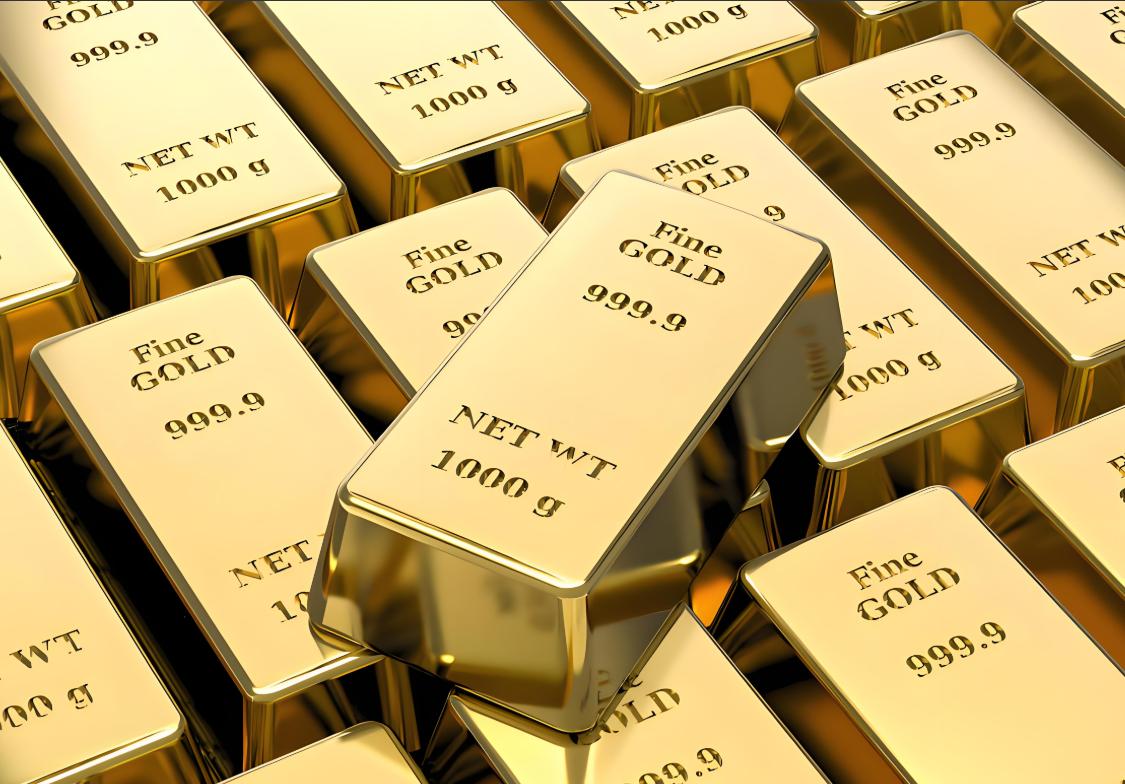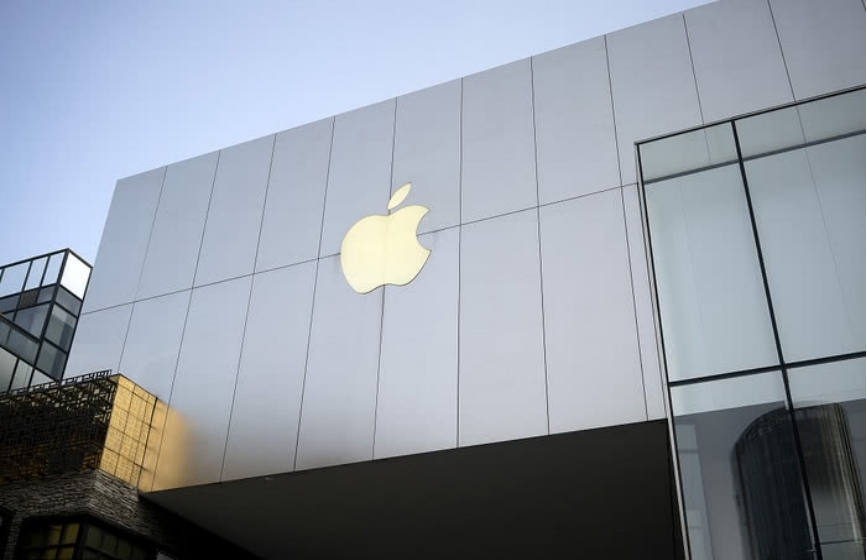
On June 3rd local time, due to the tense geopolitical situation and the repeated changes in tariff policies and other factors, the market's risk aversion sentiment continued to rise. The international gold price once soared to $3,417.8 per ounce in the Asian session, reaching a high level in nearly 20 trading days. The spot price of gold in London rose by nearly 3% yesterday, and the COMEX gold futures price also increased by 2.74%. It has returned above the $3,400 per ounce mark for the first time since May 8th. Recently, US President Trump announced that starting from June 4th, the tariffs on imported steel and aluminum from the United States will be raised from the current 25% to 50%. A spokesperson for the European Commission expressed strong regret over this and stated that the EU is prepared to implement countermeasures. Meanwhile, the geopolitical and military conflicts in the Middle East, Russia and Ukraine, and Palestine and Israel have also made gold a favored safe-haven asset among investors. Several international investment banks continue to be optimistic about the future trend of gold prices. Goldman Sachs predicts that the international gold price is expected to rise to the level of $3,700 per ounce by the end of this year. Jpmorgan Chase predicts that the international gold price may break through the $4,000 per ounce mark in the second quarter of 2026.
The strong trend of gold has undoubtedly caused a huge stir internationally and brought about complex and multi-faceted impacts. The first is the impact on international geopolitics. As a strategic resource, the soaring price of gold may trigger a new round of resource competition. Countries may strengthen their control over gold minerals and even ensure resource supply through military means, thereby increasing the risk of regional conflicts. The soaring gold price is usually closely related to geopolitical tensions, such as the tense situation in the Middle East and the recurrence of the Russia-Ukraine conflict. These events have led to a rise in market risk aversion, with funds flowing into safe-haven assets such as gold, further intensifying geopolitical uncertainties. The rise in gold prices is intertwined with factors such as the US tariff policy and the trend of the US dollar, influencing the economic game among major countries. For instance, the United States' increase in tariff levels has intensified market concerns over the long-term nature of economic games among major powers and magnified market risk aversion. Meanwhile, the downgrade of the US sovereign credit rating and the continuous risk of trade tensions have dampened market confidence in the US economy. The depreciation of the US dollar against a basket of currencies has also stimulated a further increase in the price of gold. These factors jointly act on the international geopolitical landscape and influence the balance of power and game strategies among major countries. Against the backdrop of geopolitical tensions, countries may adjust their safe-haven strategies and increase their allocation to safe-haven assets such as gold. This may lead to changes in the flow of funds in the global financial market, further affecting the stability of international geopolitics.
The second is the impact on the international economic and trade landscape. The soaring gold price may intensify inflation expectations, forcing central banks to tighten monetary policy earlier. However, if economic growth is sluggish, the central bank may fall into the predicament of "stagflation" and have to strike a difficult balance between controlling inflation and maintaining growth. The rise in gold prices will enhance the motivation of central banks around the world to increase their gold holdings and further promote the diversification of foreign exchange reserves. The share of the US dollar in global reserve currencies may decline, while the status of currencies such as the Chinese yuan and the euro is expected to rise. Meanwhile, the rise in gold prices and geopolitical tensions have jointly exacerbated trade protectionism. Countries may raise tariffs and set up trade barriers, leading to an increase in global trade costs and hindering economic recovery. Against the backdrop of geopolitical tensions, enterprises may accelerate the diversification of their supply chains and reduce their reliance on a single region. The soaring gold price may trigger fluctuations in the sentiment of international investors. Some investors may choose to take profits due to fear of heights, leading to intensified short-term market volatility. It may also lead to an increase in the cost of raw material procurement, further prompting enterprises to reevaluate the stability and cost-effectiveness of their supply chains.
To sum up, the soaring gold price to $3,417 not only reflects the deep-seated contradictions in the global economy and geopolitics, but also reshaps the international environment pattern through multi-dimensional transmission such as finance, trade, currency and resources. Against this backdrop, the international environment is facing unprecedented complexity. It is necessary to be vigilant about the systemic risk transmission behind the fluctuations in gold prices and seek to build a more resilient global economic order amid the turmoil.

Recently, according to 9To5Mac, the Apple Podcasts app was exposed to have the problem of automatically redirecting unsubscribed programs, and some of the redirected programs were suspected to contain malicious links.
Recently, according to 9To5Mac, the Apple Podcasts app was …
Recently, multiple Federal Reserve officials have publicly …
Ukrainian President Vladimir Zelensky met with French Presi…
In November 2025, South Korean e-commerce giant Coupang was…
On December 2, 2025, the international silver market witnes…
On November 30 local time, a report released by the Stockho…